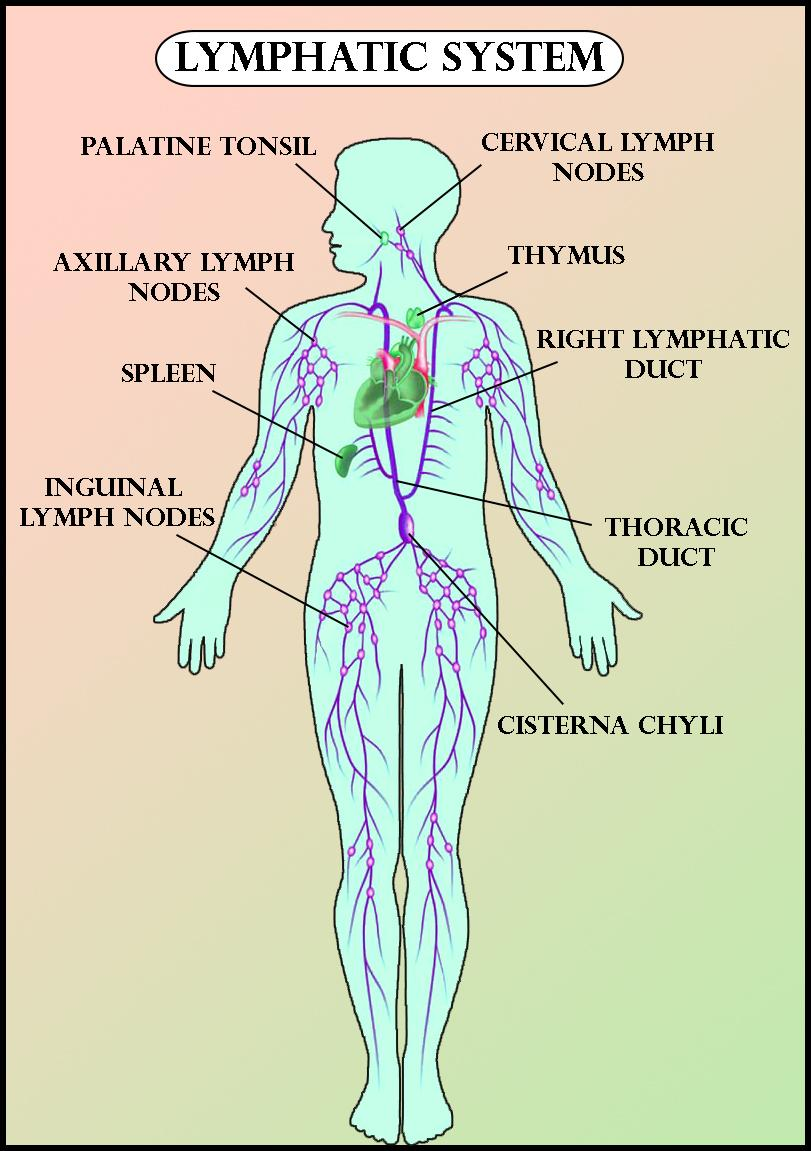
Assertion: Lymph capillaries are free and blind at one end.
Reason: Lymph does not flow in a circular manner.
(a)Both statement 1 and 2 are correct
(b)Statement 1 is correct but statement 2 is incorrect
(c)Statement 1 is incorrect but statement 2 is correct
(d)Both statements 1 and 2 are incorrect
Answer
459.6k+ views
Hint: Close to the blood capillaries lie lymphatic capillaries. In the lymph capillaries, the fluid does not pass out until it has entered. In the lymph capillaries, as the pressure inside the capillary increases as lymph accumulates from fluid accumulation, lymph is pushed forward through larger vessels.
Complete answer:
Lymphatic capillaries are free and blind at one end, so that the capillary can join the interstitial fluid but can not pass out. Their contents are drained into lymph vessels through these capillaries; they travel through the lymph nodes and then join the venous or main circulatory system. It does not, however, flow in a circular manner.
Lymph capillaries, except throughout the central nervous system and non-vascular tissues, are slim, thin-walled vessels, enclosed at one end and situated in the spaces between cells in the body.
The minivalve cells divide slightly when pressure is higher in the interstitial fluid than in the lymph, and interstitial fluid reaches the lymphatic capillary.
The cells of the minivalves attach more tightly when the pressure within the lymphatic capillary is greater, and lymph does not flow back into the interstitial fluid.
Anchoring filaments bind to the minivalves to anchor the capillary to connective tissue, and when the tissue is swollen, also forces the capillary open to maximize lymph accumulation.
So, the correct answer is, ‘Both statements 1 and 2 are correct’.

Note: Lymph in Latin has the meaning ‘water’, is the fluid that flows via the lymphatic system. It is a system of lymph vessels and intervening lymph nodes whose role is to return fluid to the central circulation, like the venous system, from the tissues.
Edema can occur when interstitial fluid accumulation in tissues is greater than fluid removal or when the lymph vessels are obstructed in some way (example- elephantiasis).
Complete answer:
Lymphatic capillaries are free and blind at one end, so that the capillary can join the interstitial fluid but can not pass out. Their contents are drained into lymph vessels through these capillaries; they travel through the lymph nodes and then join the venous or main circulatory system. It does not, however, flow in a circular manner.
Lymph capillaries, except throughout the central nervous system and non-vascular tissues, are slim, thin-walled vessels, enclosed at one end and situated in the spaces between cells in the body.
The minivalve cells divide slightly when pressure is higher in the interstitial fluid than in the lymph, and interstitial fluid reaches the lymphatic capillary.
The cells of the minivalves attach more tightly when the pressure within the lymphatic capillary is greater, and lymph does not flow back into the interstitial fluid.
Anchoring filaments bind to the minivalves to anchor the capillary to connective tissue, and when the tissue is swollen, also forces the capillary open to maximize lymph accumulation.
So, the correct answer is, ‘Both statements 1 and 2 are correct’.

Note: Lymph in Latin has the meaning ‘water’, is the fluid that flows via the lymphatic system. It is a system of lymph vessels and intervening lymph nodes whose role is to return fluid to the central circulation, like the venous system, from the tissues.
Edema can occur when interstitial fluid accumulation in tissues is greater than fluid removal or when the lymph vessels are obstructed in some way (example- elephantiasis).
Recently Updated Pages
Can anyone list 10 advantages and disadvantages of friction

What are the Components of Financial System?

How do you arrange NH4 + BF3 H2O C2H2 in increasing class 11 chemistry CBSE

Is H mCT and q mCT the same thing If so which is more class 11 chemistry CBSE

What are the possible quantum number for the last outermost class 11 chemistry CBSE

Is C2 paramagnetic or diamagnetic class 11 chemistry CBSE

Trending doubts
Which is not a source of freshwater 1 Glaciers and class 11 chemistry CBSE

10 examples of friction in our daily life

The correct order of melting point of 14th group elements class 11 chemistry CBSE

Difference Between Prokaryotic Cells and Eukaryotic Cells

One Metric ton is equal to kg A 10000 B 1000 C 100 class 11 physics CBSE

What is the specific heat capacity of ice water and class 11 physics CBSE




